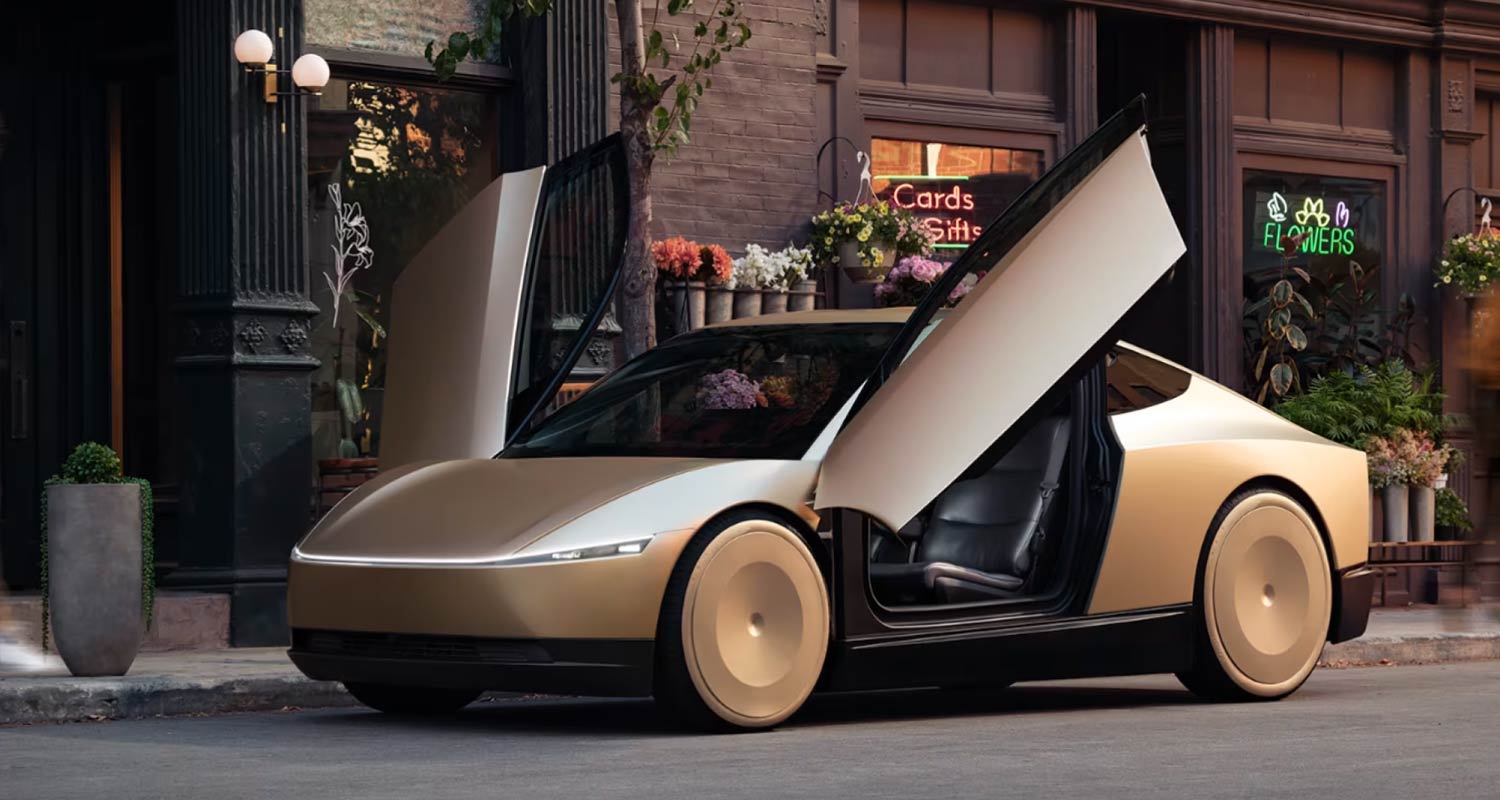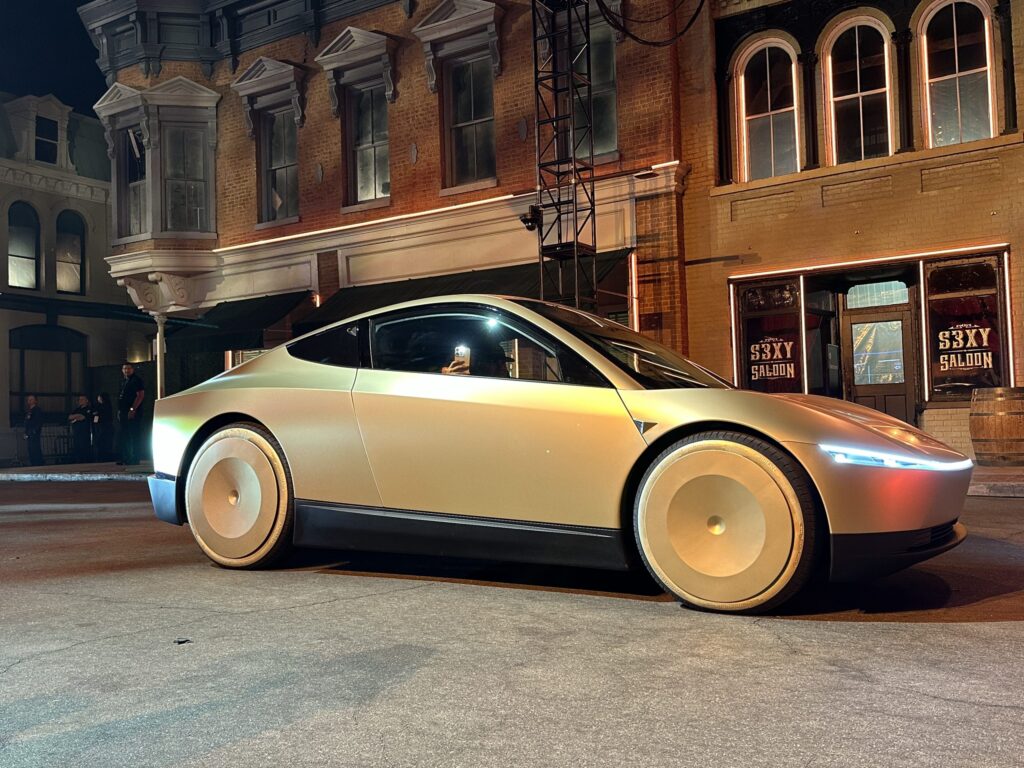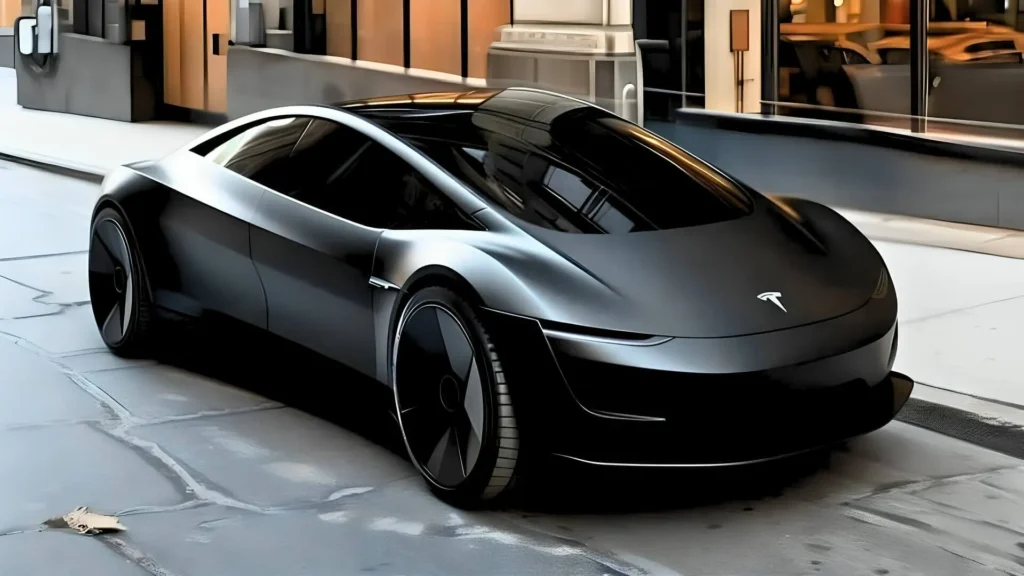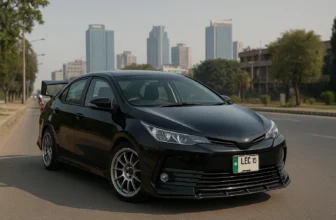
Tesla has once again disrupted the automotive industry with the introduction of the Cybercab, a fully autonomous vehicle that eliminates traditional steering wheels and pedals. This groundbreaking design allows for control via a gaming-style controller, signaling a significant shift in vehicle operation and the future of urban mobility.
The Evolution of Autonomous Vehicles
The journey toward fully autonomous vehicles has been marked by incremental advancements in technology and design. Tesla’s Cybercab represents a culmination of these efforts, offering a vehicle that operates without human intervention. This development aligns with industry trends focusing on enhancing safety, efficiency, and user experience in urban transportation.

Introducing the Tesla Cybercab
Unveiled during Tesla’s “We, Robot” event, the Cybercab is a two-seater vehicle designed explicitly for autonomous urban travel. Notably, it lacks a steering wheel and pedals, opting instead for a control system operated via a gaming-style controller. This design choice reflects Tesla’s commitment to redefining vehicle operation in the autonomous era.
Design and Features
The Cybercab boasts a futuristic aesthetic, featuring gull-wing doors and a sleek, compact form factor suitable for city environments. Its interior is minimalist, emphasizing passenger comfort and space utilization. The absence of traditional control mechanisms allows for a more spacious cabin, enhancing the passenger experience.
Control Mechanism: Gaming-Style Controller
In a departure from conventional vehicle controls, the Cybercab utilizes a gaming-style controller for manual operation. This controller can be connected directly to the vehicle or operated wirelessly, providing flexibility and ease of use. This innovative approach not only simplifies the driving interface but also resonates with a generation accustomed to gaming devices.
Autonomous Capabilities
Equipped with Tesla’s advanced Full Self-Driving (FSD) technology, the Cybercab is engineered to navigate complex urban environments without human input. Its array of sensors, cameras, and AI-driven algorithms enables real-time decision-making, ensuring safe and efficient travel. Tesla anticipates that fully autonomous operations will commence in select regions by 2025, with production slated for 2026.

Pricing and Market Positioning
Tesla aims to make the Cybercab accessible, targeting a price point under $30,000. This competitive pricing strategy positions the Cybercab as an affordable option in the autonomous vehicle market, appealing to a broad consumer base seeking innovative and cost-effective transportation solutions.
Implications for Urban Mobility
The introduction of the Cybercab has significant implications for urban mobility. Its autonomous nature and compact design make it ideal for dense city landscapes, potentially reducing traffic congestion and lowering transportation costs. Moreover, the Cybercab’s design aligns with sustainable urban planning initiatives, promoting efficient land use and reduced environmental impact.
Tesla’s Vision for the Future
The Cybercab is part of Tesla’s broader vision to revolutionize transportation through autonomy and sustainable energy solutions. Alongside the Cybercab, Tesla has introduced the Robovan, a larger autonomous vehicle capable of transporting up to 20 passengers or goods, further expanding its autonomous vehicle lineup.
Challenges and Considerations
While the Cybercab represents a significant leap forward, it also raises considerations regarding regulatory approval, public acceptance, and infrastructure readiness. Tesla will need to navigate these challenges to ensure the successful deployment and integration of the Cybercab into existing transportation ecosystems.
Tesla’s Cybercab stands as a testament to the company’s innovative spirit and commitment to redefining transportation. By eliminating traditional control mechanisms and embracing autonomous technology, the Cybercab paves the way for a future where urban mobility is safer, more efficient, and more accessible.
As Tesla continues to push the boundaries of automotive design and technology, the Cybercab is poised to play a pivotal role in shaping the future of transportation.






